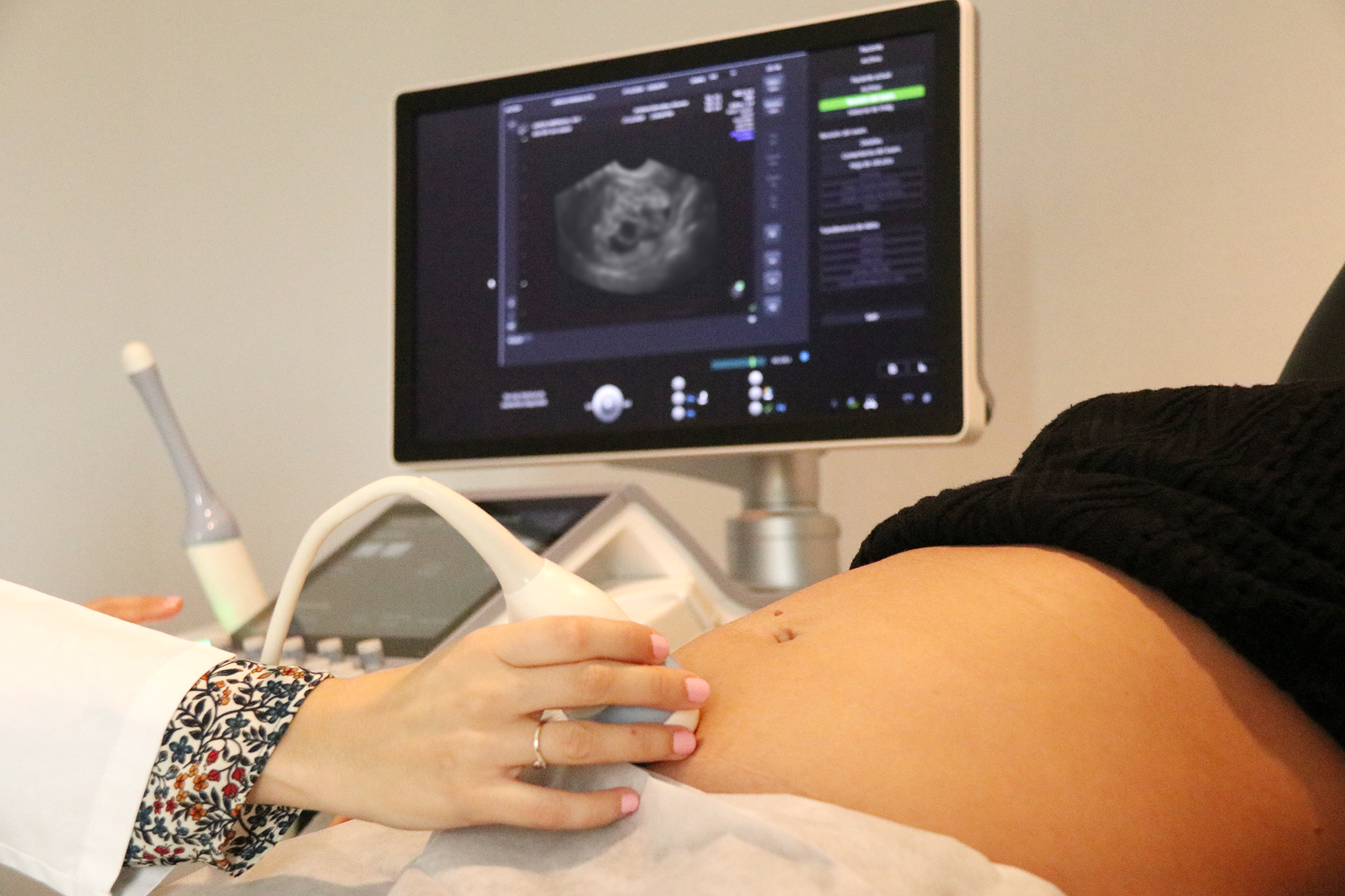Molar pregnancy is a rare complication that occurs during pregnancy, and it affects around 1 in every 1,000 pregnancies. It is a type of gestational trophoblastic disease (GTD) that develops when the fertilized egg develops into abnormal growth. There are two types of molar pregnancy: complete molar pregnancy and partial molar pregnancy.
Ultrasound is a diagnostic tool that is commonly used during pregnancy to detect and monitor fetal development. An ultrasound can also help diagnose molar pregnancy. In this article, we will discuss molar pregnancy ultrasound, including what it is, how it is performed, and what parents can expect during the procedure.
Table of Contents
What is Molar Pregnancy Ultrasound?
Molar pregnancy ultrasound is a medical imaging technique that uses high-frequency sound waves to create images of the uterus and surrounding tissues. It is used to detect and diagnose molar pregnancy, as well as to monitor the growth and development of the fetus in a regular pregnancy.
During molar pregnancy ultrasound, a transducer is placed on the abdomen or inside the vagina to produce images of the uterus. The images are then displayed on a monitor, and a specialist can examine them to determine if there are any signs of molar pregnancy.
When is Molar Pregnancy Ultrasound Performed?
Molar pregnancy ultrasound is usually performed when a woman presents with symptoms such as abnormal vaginal bleeding, pelvic pain, and an enlarged uterus. It may also be recommended when there are indications of molar pregnancy during routine prenatal checkups.
Additionally, molar pregnancy ultrasound is also performed after a molar pregnancy has been diagnosed to monitor the progression of the disease and to ensure that there are no complications.
How is Molar Pregnancy Ultrasound Performed?
Molar pregnancy ultrasound is a painless procedure that usually takes between 15-30 minutes to complete. The patient will lie down on a bed, and a gel will be applied to the abdomen or a transducer will be inserted into the vagina.
The transducer emits high-frequency sound waves that bounce off the uterus and surrounding tissues. These sound waves are then picked up by the transducer, which converts them into images that can be seen on a monitor.
During the procedure, the specialist will examine the images to look for any signs of molar pregnancy, such as the presence of a grape-like mass in the uterus.
What are the Benefits of Molar Pregnancy Ultrasound?
Molar pregnancy ultrasound has several benefits for both the patient and the medical team. The procedure is non-invasive and painless, which means that it does not cause any discomfort to the patient.
Additionally, molar pregnancy ultrasound is a highly accurate diagnostic tool, which means that it can help diagnose molar pregnancy at an early stage. This can be crucial in preventing complications and ensuring that the patient receives the appropriate treatment.
What are the Risks of Molar Pregnancy Ultrasound?
Molar pregnancy ultrasound is generally considered to be a safe procedure, and there are no known risks associated with it. However, as with any medical procedure, there is a small risk of complications, such as infection or bleeding.
Additionally, molar pregnancy ultrasound may not be able to detect all cases of molar pregnancy, particularly in the early stages of the disease. In some cases, a biopsy may be needed to confirm the diagnosis.
What Happens After Molar Pregnancy Ultrasound?
After molar pregnancy ultrasound, the specialist will examine the images and determine if there are any signs of molar pregnancy. If molar pregnancy is suspected or confirmed, further testing may be needed to determine the extent of the disease and the appropriate treatment options.
If a complete molar pregnancy is diagnosed, the patient will need to undergo a procedure to remove the abnormal growth. If a partial molar pregnancy is diagnosed, the patient may be able to continue with the pregnancy, but close monitoring will be required.
It is important for patients to discuss their options and any concerns they may have with their healthcare provider.
Conclusion
Molar pregnancy is a rare complication that can be diagnosed through ultrasound. A molar pregnancy ultrasound is a non-invasive and painless procedure that is highly accurate in detecting the disease.
Patients who experience symptoms such as abnormal vaginal bleeding, pelvic pain, and an enlarged uterus should speak with their healthcare provider to determine if molar pregnancy ultrasound is needed.
If molar pregnancy is diagnosed, it is important for patients to receive the appropriate treatment and to be closely monitored for any potential complications.
In conclusion, molar pregnancy ultrasound is an important diagnostic tool that can help detect and diagnose molar pregnancy at an early stage. Early detection and treatment can help prevent complications and ensure the best possible outcome for the patient.





